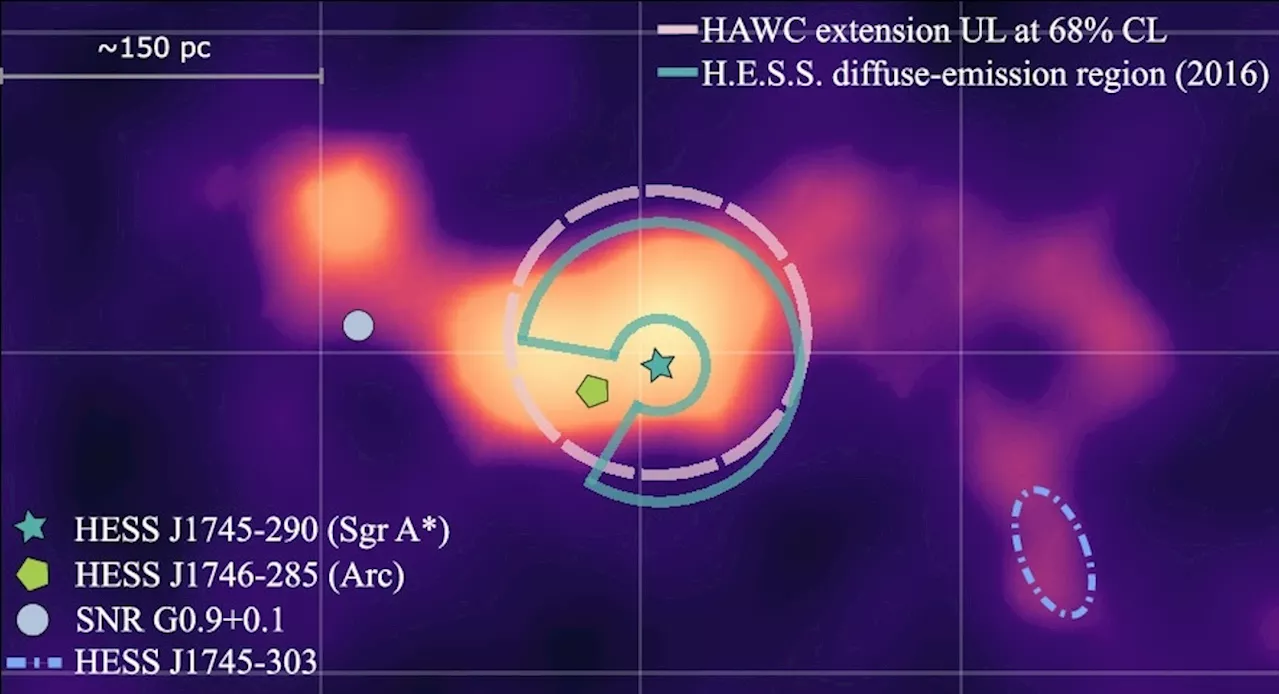Sharmila Kuthunur is a Seattle-based science journalist covering astronomy, astrophysics and space exploration. Follow her on X @skuthunur.
Jam packed issues filled with the latest cutting-edge research, technology and theories delivered in an entertaining and visually stunning way, aiming to educate and inspire readers of all ages, it has proven to be a very difficult object to image. This is thanks in part to material whipping around it at near light-speeds.
More than 400 researchers from 13 institutions, including the NAOJ, constitute the EHT's international consortium, which operates a growing network of telescopes around the world to form one virtual, Earth-sized telescope using a technique called Very Long Baseline interferometry. Two EHT scientiststhat gaps in data were expected due to EHT operating just eight telescopes in six locations around the world.
"Each algorithm has its own method for determining which image is most likely," said Bouman."It is a bit like hiring Sherlock Holmes, Hercule Poirot, Jane Marple and Jules Maigret simultaneously to see what they commonly conclude and what they don't."
United States Latest News, United States Headlines
Similar News:You can also read news stories similar to this one that we have collected from other news sources.
 James Webb Space Telescope finds 1st 'failed star' candidates beyond the Milky WayRobert Lea is a science journalist in the U.K. whose articles have been published in Physics World, New Scientist, Astronomy Magazine, All About Space, Newsweek and ZME Science. He also writes about science communication for Elsevier and the European Journal of Physics. Rob holds a bachelor of science degree in physics and astronomy from the U.K.
James Webb Space Telescope finds 1st 'failed star' candidates beyond the Milky WayRobert Lea is a science journalist in the U.K. whose articles have been published in Physics World, New Scientist, Astronomy Magazine, All About Space, Newsweek and ZME Science. He also writes about science communication for Elsevier and the European Journal of Physics. Rob holds a bachelor of science degree in physics and astronomy from the U.K.
Read more »
 Breakthrough Image of Milky Way Black Hole Is Flawed, New Analysis SuggestsThe Event Horizon Telescope's famous image of Sagittarius A* may depict an artifact, raising questions about the black hole's true structure.
Breakthrough Image of Milky Way Black Hole Is Flawed, New Analysis SuggestsThe Event Horizon Telescope's famous image of Sagittarius A* may depict an artifact, raising questions about the black hole's true structure.
Read more »
 First-Ever Photo of Milky Way's Black Hole Not Accurate, Scientists ClaimThe image shows the supermassive black hole that lies at the heart of our galaxy about 26,000 light-years away.
First-Ever Photo of Milky Way's Black Hole Not Accurate, Scientists ClaimThe image shows the supermassive black hole that lies at the heart of our galaxy about 26,000 light-years away.
Read more »
 The Milky Way's Supermassive Black Hole Photo Might Need a RetakeScientists in Japan have reanalyzed radio data of our galaxy's black hole accretion disk and found that it's slightly elongated.
The Milky Way's Supermassive Black Hole Photo Might Need a RetakeScientists in Japan have reanalyzed radio data of our galaxy's black hole accretion disk and found that it's slightly elongated.
Read more »
 The Milky Way Might be Part of an Even Larger Structure than LaniakeaAstronomers doing redshift surveys of galaxies and large-scale structure think our local neighborhood is part of the Shapley Concentration.
The Milky Way Might be Part of an Even Larger Structure than LaniakeaAstronomers doing redshift surveys of galaxies and large-scale structure think our local neighborhood is part of the Shapley Concentration.
Read more »
 There's a Particle Accelerator at the Center of the Milky WaySpace and astronomy news
There's a Particle Accelerator at the Center of the Milky WaySpace and astronomy news
Read more »
